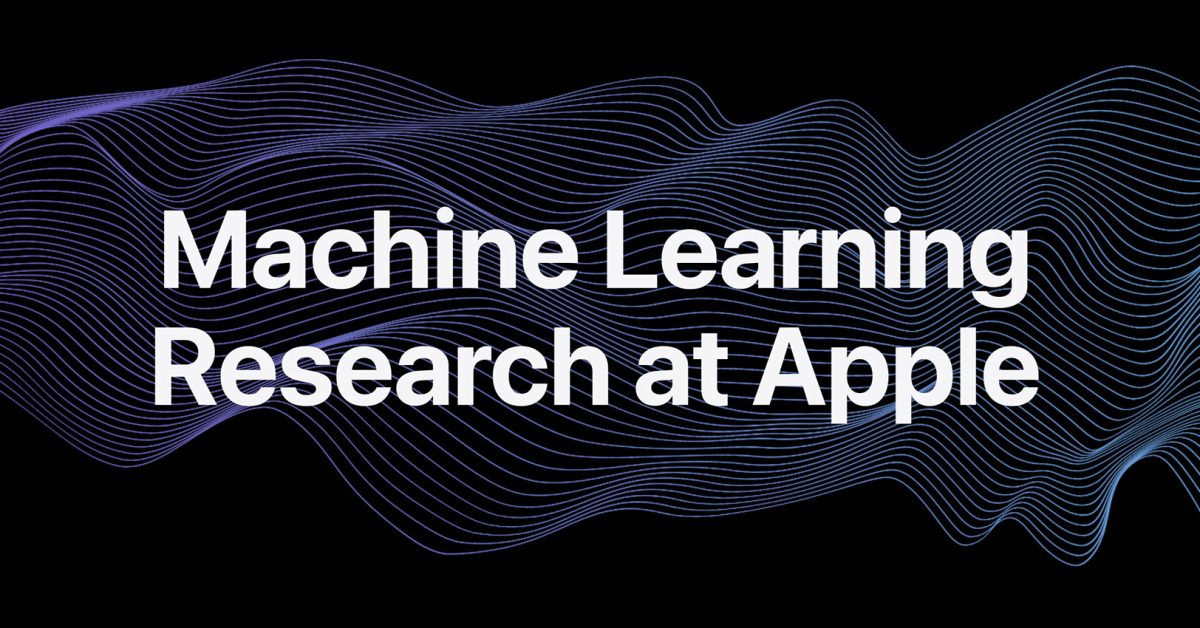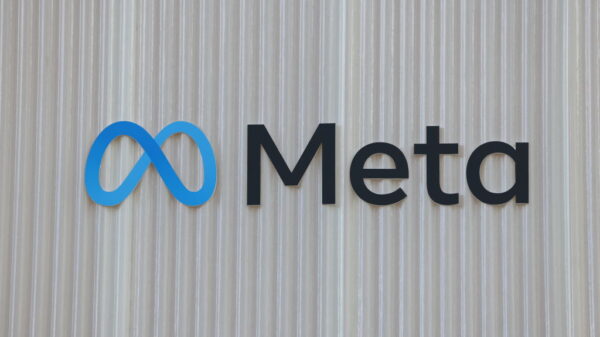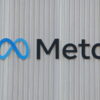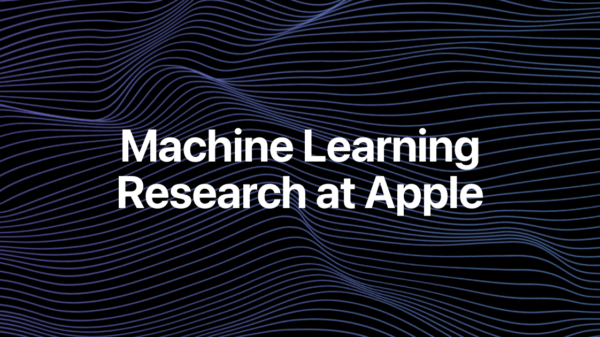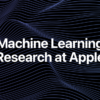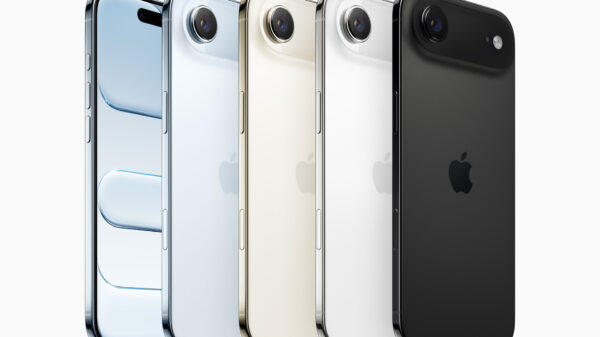Apple has revealed its lineup of studies scheduled for presentation at the 39th annual Conference on Neural Information Processing Systems (NeurIPS), taking place in San Diego from December 2 to December 7, 2025. This prestigious event will also feature a satellite gathering in Mexico City from November 30 to December 5.
This year, Apple is set to showcase several research papers, among which the notable title is “The Illusion of Thinking: Understanding the Strengths and Limitations of Reasoning Models via the Lens of Problem Complexity.” This particular paper has previously attracted criticism from researchers within the industry for its claims and methodologies.
In addition to its research presentations, Apple is actively sponsoring various affinity groups at the conference, including Women in Machine Learning, LatinX in AI, and Queer in AI. Employees from Apple will partake in these groups, highlighting the company’s support for diversity within the AI community.
Apple’s presentations will encompass a broad spectrum of topics related to machine learning research. This includes discussions on privacy, the strengths and limitations of reasoning models, and innovative approaches to generative AI. The full roster of studies Apple will present at NeurIPS includes topics that have previously been covered by outlets like 9to5Mac.
Interactive Learning Experiences at NeurIPS
Attendees at the San Diego event can visit Apple’s booth (#1103) for live demonstrations of the company’s machine learning initiatives. Among the highlighted projects are:
- MLX – This open-source array framework is designed specifically for Apple silicon, facilitating rapid and flexible machine learning and scientific computing on Apple hardware. Optimized for the unified memory architecture of Apple silicon, MLX utilizes both CPU and GPU capabilities. Attendees will be able to experience two demonstrations:
- Image generation via a large diffusion model on an iPad Pro featuring the M5 chip.
- Distributed compute with MLX and Apple silicon, allowing visitors to explore text and code generation utilizing a 1 trillion-parameter model running in Xcode on a cluster of four Mac Studios powered by M3 Ultra chips, each equipped with 512 GB of unified memory.
- FastVLM – This suite of mobile-optimized vision language models is built using MLX, employing a combination of CNN and Transformer architectures for effective vision encoding. Designed for high-resolution images, FastVLM demonstrates a compelling balance between accuracy and speed. A real-time visual question-and-answer demo will be available on the iPhone 17 Pro Max.
Apple’s presence at this year’s NeurIPS highlights the company’s commitment to advancing research in machine learning while fostering community among diverse groups in AI. For further details on Apple’s participation and presentations at NeurIPS, interested individuals can follow this link.
 Brain Canada Proposes $38.9M Investment for AI-Mental Health Research Strategy
Brain Canada Proposes $38.9M Investment for AI-Mental Health Research Strategy NERSC and Dell Launch Doudna, Boosting Scientific Workflows with 10x Performance Gain
NERSC and Dell Launch Doudna, Boosting Scientific Workflows with 10x Performance Gain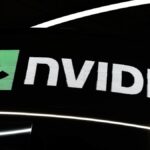 Nvidia Reports $10B Revenue Growth as Supply Chain Breakthrough Signals AI Demand Surge
Nvidia Reports $10B Revenue Growth as Supply Chain Breakthrough Signals AI Demand Surge SharkNinja Launches AI and Analytics Lab in Partnership with Boston University
SharkNinja Launches AI and Analytics Lab in Partnership with Boston University AI Tool Predicts Civil Unrest in India by Analyzing News Mentions and Events
AI Tool Predicts Civil Unrest in India by Analyzing News Mentions and Events






















































